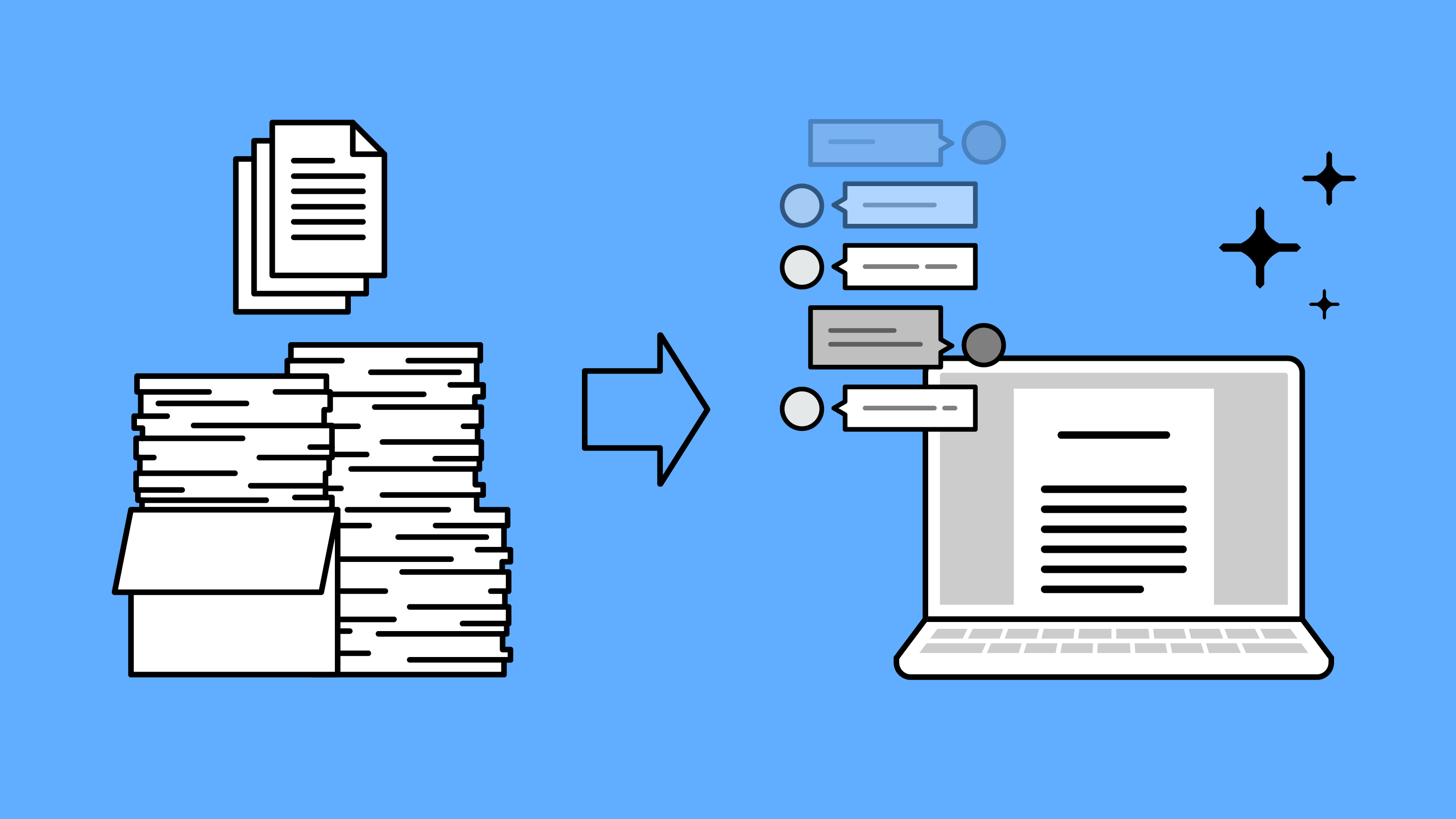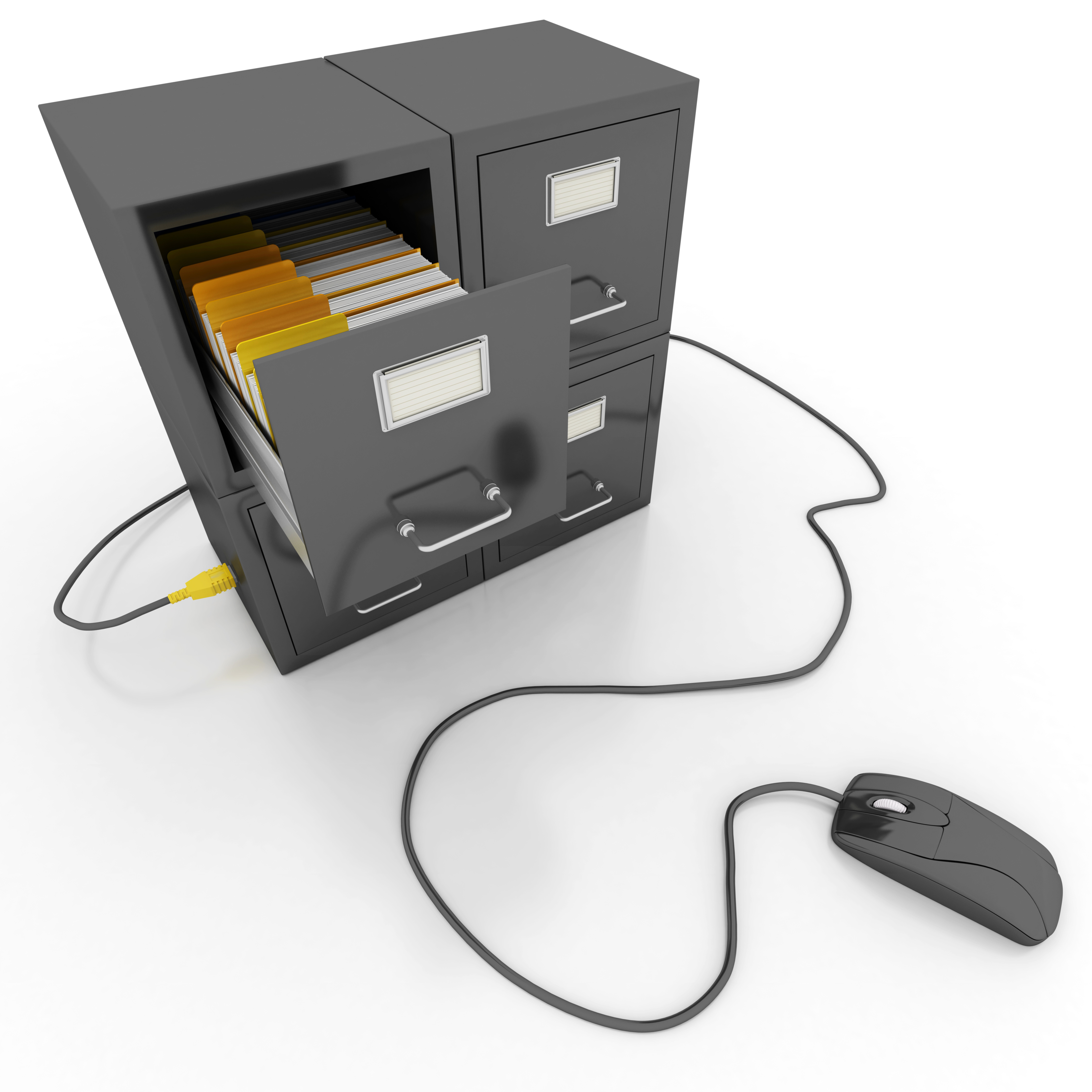

September 12, 2023
Best Practices for DOT Compliance
DOT Compliance
Software: Streamlining Transportation Operations with Technological Solutions
In the dynamic landscape of the trucking and transportation industry,
adhering to strict regulations and maintaining the highest standards of safety
is paramount. One crucial tool that has emerged to aid in these efforts
is DOT Compliance Software. This innovative technology essentially serves as the backbone of
regulatory compliance, ensuring that businesses successfully navigate the
intricacies of the Department of Transportation's (DOT) stringent rules and
regulations.
DOT compliance refers to fulfilling the requirements set by the DOT for
businesses in the transportation sector. It encompasses various aspects, such
as driver qualifications, hours of service, vehicle maintenance, and the
handling of hazardous materials, among others. Non-compliance runs the risk of
heavy fines, penalties, and even the shutdown of operations. In an industry as
time-sensitive and nuanced as trucking or transport, staying ahead of these
compliance tasks can be a daunting challenge. This is where DOT compliance
software steps in, offering a comprehensive solution tailored to meet these
unique needs.
The interplay of innovation and regulation provides an effective shield
for transport businesses against the potential pitfalls of non-compliance. The
strategic implementation of DOT Compliance Software helps achieve this by reducing manual labor,
streamlining processes, and eradicating human error - all crucial factors in
maintaining the regulatory harmony of a transportation business.
The DOT Compliance Software is not just a commercially viable tool for
companies; it is becoming an integral part of the operations, influencing
everything from on-the-road safety to internal administrative tasks. The
growing demand for such software represents the transportation industry's
acknowledgement of the myriad benefits it offers, such as improved safety
standards, reduced operational costs, and overall enhanced efficiency and
productivity.
In the subsequent sections, we will further delve into the aspects making DOT Compliance Software worth considering for your transportation business. This includes an in-depth analysis of its applications, benefits, and how it fuses safety, compliance, and technology for optimal outcomes.

Real-life examples
of improved efficiency
Before and after
implementing a DOT compliance software
Smith Trucking, a medium-sized freight company, stands as a testament to
the transformation offered by DOT Compliance Software. Pete Smith, the owner,
fondly remembers the days before its implementation - a time marked by
labyrinthine paperwork, oversights, and cumbersome manual processes.
Maintaining DOT compliance was a significant challenge that ate into valuable
resource time and efficiency.
In a decisive move, Smith opted for a comprehensive Compliance
Management System, incorporating the latest DOT Compliance Software into his company's
operating infrastructure. The implementation was an in-depth process that
included an audit of their existing protocols using DOT Audit Software,
tweaking of workflows, personnel training, and detailed monitoring to reap the
efficiency benefits of electronic compliance software.
Changes made to
implement the software
The first order of business was to analyze the company's needs. The
introduction of DOT Regulation Software saw a transfer of all physical compliance-related
paperwork to a centralized digital platform, accessible to relevant personnel
at any time. Following this was an integration phase where the company's
traditional processes were streamlined to match the capabilities of the new
software.
The software effectively took over tasks such as hours-of-service
tracking, vehicle maintenance scheduling, driver qualification management, and
far more, significantly reducing manual labor and error margins.
Efficiency
post-implementation
Post-implementation, the compliance management system dramatically
improved the company's operational efficiency. Processes became smoother,
compliance became a breeze, and the overall productivity received a significant
boost.
Safety standards saw a marked improvement, with Safety Compliance
Software ensuring
adherence to hours-of-service regulations to prevent driver fatigue. The DOT
Reporting software provided accurate, real-time reports and analytics, allowing
for informed decision-making. Even tasks such as fuel tax reporting, which were
once labor-intensive, could now be handled efficiently with the DOT Compliance
Software.
How a DOT compliance
software streamlines processes
Processes improved
by software
Critical areas such as driver file management, hours-of-service logs,
vehicle maintenance, fuel tax reporting, and accident tracking experienced vast
improvements after the introduction of Transport Compliance Software. The DOT
Safety Solutions incorporated in the software system made workflows efficient,
ensuring the regulatory compliance process was in accord with the latest
regulations from the Federal Motor Carrier Safety Administration (FMCSA).
Streamlined
processes and improved efficiency
With the help of a compliance management system, all of the company's
DOT-related tasks are now centralized, ensuring easy supervision and
coordination. The integration of an FMCSA Compliance System enabled
comprehensive tracking and management of compliance scores, keeping regulatory
violations in check, thus significantly improving their bottom line.
Long-term benefits
of such efficiency
Long-term benefits abound with the implementation of DOT Compliance
Software. The elevated efficiency levels lead to reduced operational costs,
fewer compliance issues, and increased productivity. Companies can expect
greater profitability as they operate more effectively within regulatory
mandates. Businesses also experience reduced legal risks and gain a competitive
edge by achieving higher safety and compliance ratings, further emphasizing the
software’s vital role in transportation operations.
Testimonials
Firsthand account of
efficiency improvements
Personnel at Smith Trucking, among others, vouch for the value of such
implementations. The Safety Director of Smith Trucking was the first to see improvement
in processes. From beginning to end, compliance was at the top of their
priority list and the software became the perfect tool. Onboarding new drivers
using e-signatures and digitalized documents was more efficient than the
previously tedious paper logs. Management praises the DOT Compliance Software
for its real-time alerts and updates that assist in proactive compliance
maintenance and decision-making.
The positive reception among employees demonstrates a DOT Compliance
Software's potential for not only enhancing business efficiency but also for
improving gross margins and working conditions. Drivers, safety directors and
fleet managers feel supported and empowered with advanced tools at their
disposal, promoting a positive work culture, and essentially translating into a
more productive workforce.
The powerful combination of the Department of Transportation regulations and Driver Compliance Software effectively addresses the complex compliance and operational issues that all transportation companies face. These real-life examples illustrate the software’s potential for efficiency, safety, and operational improvement.

Real-life examples
of increased safety
Case study focusing
on safety improvements within a trucking company post-implementation
Let us delve into the journey of Turner Freight, a well-established
transport company, renowned for its commitment to safety. Prior to implementing
a DOT compliance software, Turner Freight faced a host of safety-related
challenges. Despite their commitment to safety, maintaining strict compliance
with safety standards proved daunting due to human error, outdated processes,
and ambiguous tracking systems.
Recognizing the imminent safety risks and the toll it was taking on its
reputation, Turner Freight decided to incorporate a modern, comprehensive Compliance
Management System. The transition was designed to leverage DOT Safety Solutions to
increase overall safety standards and efficiency.
How the software was
used to address these issues
The software was deployed across multiple departments within the company.
Driver Compliance Software played a critical role in ensuring their drivers
adhered to Hours of Service (HOS) rules, preventing instances of
fatigue-induced accidents. The compliance monitoring software also helped
proactively recognize potential violations, enabling the company to take
corrective measures.
On the operational front, digitization and streamlined processes thanks
to the sophisticated DOT Reporting Software free up resources and time,
allowing operational personnel to focus on strategic initiatives.
Changes in safety
metrics post-implementation
Once the Fleet Compliance System was in place, Turner Freight saw a
marked improvement in its safety metrics. Instances of HOS violations
diminished significantly, thanks to the DOT regulation software that diligently
tracked drivers of the relevant parameters. The efficacy of the Safety
Compliance Software also resulted in a decrease in accident rates and
violations, greatly enhancing the company's overall safety image, reducing the
risk of legal consequences and increasing premiums.
How a DOT compliance
software enhances safety
Safety features
within DOT compliance software
Among the robust array of features provided by a DOT Compliance Software,
several contribute directly to improved safety. The Electronic Logging Device
(ELD) compliance feature, for instance, helps ensure drivers are adhering to
HOS rules, reducing the risk of accidents caused by fatigue. Real-time alerts
and warnings for preventive maintenance, vehicle inspections, and correct
accident reporting, to name a few, greatly contribute to a safer operating
environment as well.
Overall safer work
environment
Safety features within DOT Compliance Software elevate workplace safety
by identifying potential threats before they escalate. Mandatory breaks and
rest periods are enforced for drivers, vehicles are kept up-to-date with
regular maintenance alerts, and drivers are not dispatched unless all their
documents are up-to-date.
Moreover, compliance monitoring software helps mitigate risk by ensuring
adherence to DOT standards, subsequently creating a culture of safety and
responsibility throughout the organization.
Long-term benefits
of improved safety
Implementing a Compliance Management System not only improves safety
metrics in the short term but also has profound long-term benefits. Companies
enjoy higher compliance ratings, fewer accidents and violations, lower
insurance costs, and a significantly enhanced reputation in the industry.
Reacting to safety issues is essentially replaced by strategically managing a
safety-first culture.
Testimonials from
personnel witnessing safety improvements
Firsthand account of
safety improvements
Employees at Turner Freight attest to the substantial safety improvements
brought about by a Department of Transportation Software. Drivers, in particular, appreciate
the software's intuitive interface that assists them in staying on top of FMCSA
regulations and renewable documents without the stress of manual work.
Managers, on the other hand, have witnessed major enhancements in operational
transparency and safety compliance monitoring.
Testimonials from employees distinctly highlight the positive influence of a DOT Compliance Software on their safety at work. These testimonials reaffirm the notion that an evenly balanced focus on regulatory compliance and safety is a driving factor for the success of transportation businesses. They testify to a favorable shift toward a proactive, rather than reactive, approach to safety, thereby creating a positive impact on company culture and productivity.

Expected future
challenges and solutions
Analysis of current
trends and potential future challenges
The trucking industry is as dynamic as it is challenging. The speed of
technological change, the evolving regulatory landscape, and the growing demand
for transparency and efficiency present certain challenges that the industry
must be prepared to tackle. These include data protection and security,
ensuring system interoperability, and keeping abreast with the ever-evolving
DOT regulations and compliance requirements.
How DOT compliance
software could be further developed to tackle these challenges
As technology progresses, so must DOT Compliance Software. Data security
measures need to be constantly reinforced and updated. An interoperable system
architecture would ensure smooth data flow even in heterogeneous system
environments. Regular software updates accommodating the latest changes in DOT
regulations could help companies stay compliant at all times.
Importance of
staying updated with regulatory changes
With regulatory compliance at its core, continually updating DOT
Compliance Software to accommodate regulatory changes is integral. Neglecting
to do so could mean non-compliance, leading to hefty penalties or potential
legal action. Therefore, remaining updated with FMCSA and DOT amendments and
ensuring the software correspondingly aligns is vital.
Industry experts'
opinions on the future of DOT compliance software
Expert predictions
for the software's progression
Industry experts seem to concur on two fronts; that the scope of DOT
Compliance Software will continue to expand, and its role within the trucking
industry will become even more integral. The consensus is that the software
will continue to evolve, adopting cutting-edge technologies for greater
efficiency, safety, and compliance.
These expert opinions reflect the potential of the Department of Transportation Software to shape the landscape of the trucking industry. The progression towards automation and intelligent operations indicates a promising future for DOT Compliance Software. For businesses aiming to stay ahead in a dynamic industry, embracing these advancements can ensure they remain compliant, efficient, and most importantly, safe.

Recap and assessment
of how DOT compliance software has improved efficiency and safety in trucking
companies
The transformative impact of DOT Compliance Software on trucking
companies is unequivocal. Across different segments that govern routine
operations, compliance, and safety, this technological solution has emerged as
an exceptional assistant. The real-life examples of efficiency and safety
improvements at companies like Smith Trucking and Turner Freight further
underscore the magnitude of benefits that the software brings to the table.
The rising demand, adherence, and satisfaction levels evident within
industry operators stand as testimony to the software's value, hinting at an
undeniably important role in the trucking industry's future landscape. Breaking
away from traditional practices, transport and trucking companies are
harnessing the benefits of this comprehensive software system to improve
efficiency, safety, and compliance, significantly making a positive impact on
their operational effectiveness and bottom line.
Recommendation of
Optimus Paper as a simple, safe, and intuitive solution to streamline
compliance management
With evolving regulatory compliance requirements and the overarching need
for operational efficiency and safety, choosing a reliable and effective DOT Compliance
Software becomes
imperative. In this context, Optimus Paper emerges as a comprehensive
compliance management solution tailored to fit the modern transport industry's
varied demands.
Optimus Paper's DOT Compliance Software is designed with an understanding
of the industry's complexities, ensuring it perfectly complements the
operational structure of trucking businesses while promoting regulatory
compliance. The inherent emphasis on safety measures combined with intuitive
tracking and monitoring tools make Optimus Paper a leading choice for
businesses seeking a smooth, efficient, and reliable compliance management
system.
Furthermore, the commitment to remain up-to-date with the latest
regulatory changes and technology evolutions means that companies using Optimus
Paper's DOT Compliance Software can focus on their primary operations with the
assurance of always staying on the right side of DOT regulations.
In conclusion, the DOT Compliance Software, with its emphasis on safety,
efficiency, and compliance, finds itself indispensably integrated into the
transport sector's milieu. Among several available choices, Optimus Paper
stands out with its commitment to simplicity, safety, and an intuitive user
experience designed to cater to the gamut of needs within the transport
industry.